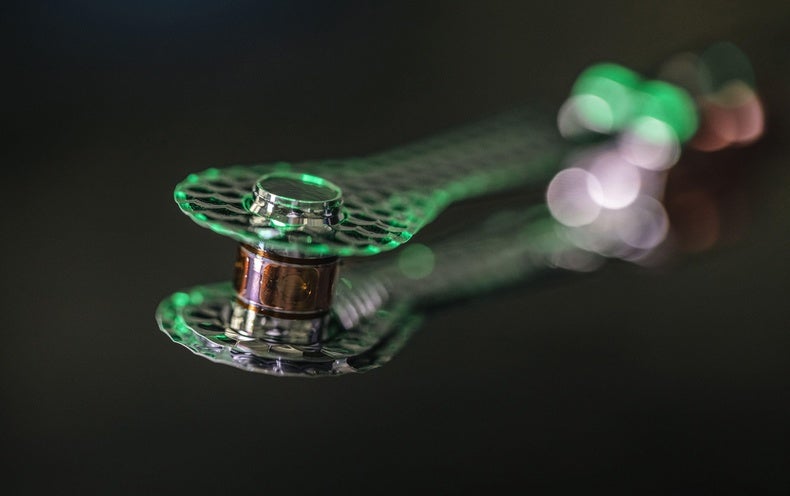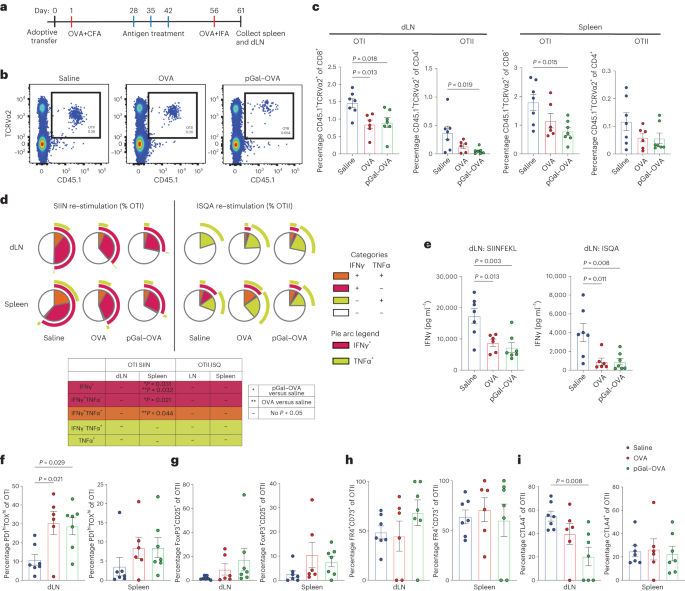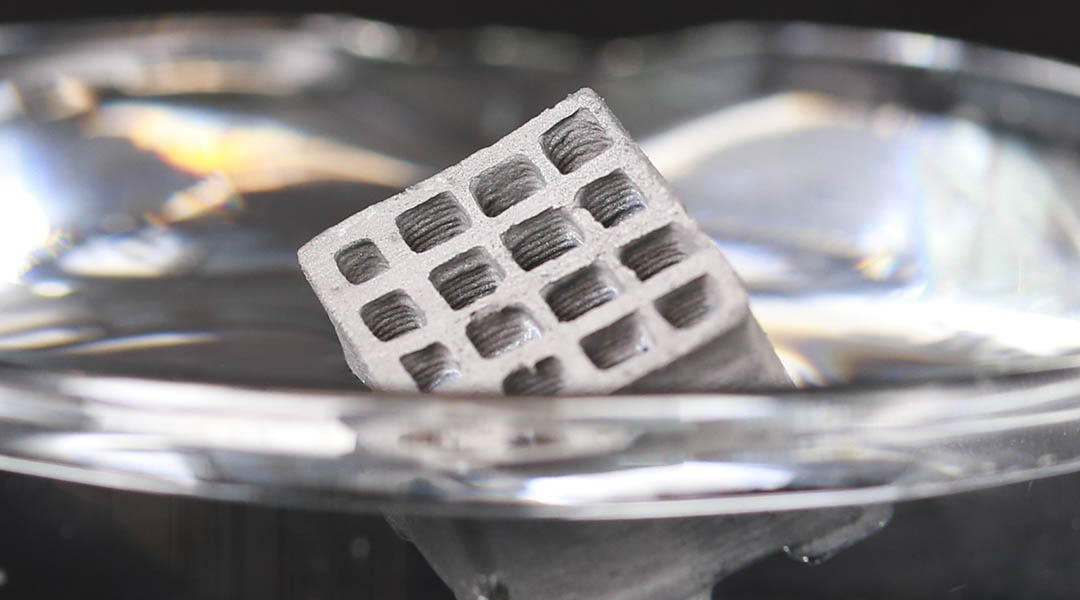- Science Simplified
- Posts
- This week in science
This week in science
Here’s some articles that caught my eye this week. We’ve got:
Enjoy! And let me know what you think by taking the polls at the bottom and/or sending me an email with your thoughts.

I’m colorblind. It means, as you might expect, that I can’t see as many colors as you. Personally, beyond some horribly clashing outfit choices, it doesn’t affect me on a day to day basis. However, some people that are more colorblind than me struggle with some daily tasks (think about red lights, for example).
Special glasses and contacts have started popping up that help colorblind people distinguish colors by blocking wavelengths of light that we struggle with. However, they lack person-to-person customization. This paper develops a 3D printing process to create colorblind-friendly contacts that allow better color distinction.
I tried out the Enchroma glasses a few years ago but they unfortunately didn’t help much. Maybe these contacts would be better!
P.S. If you can’t see a number in the image below, you might be colorblind. I don’t see anything, but I’ve been promised there’s a 9 in it.

It’s been known for a while that blood from younger mice can improve cognition and memory in older mice. What we haven’t known is why. For obvious reasons, taking blood from a young patient and giving it to an older patient isn’t feasible. We already struggle enough with blood donor shortages as is. If we knew why young blood seems to help, we could devise therapies around it.
3 different research groups decided to dive into the problem of what makes young blood so special. They all independently found that the protein Platelet Factor 4 (or PF4) contributes heavily to the benefits of young blood.
Paper 1, Paper 2, and Paper 3 and a nice writeup on them.
Nuclear fusion is the process of combining atoms and harnessing the energy the combination gives off. One of the major problems: getting more energy out than you put in. Last year, a US lab pulled it off.
What’s next? Getting more energy out for less in, of course. Read the links to get a closer look.
Autoimmunity happens when your own immune system attacks your body. This happens in many forms, but often includes the immune system reacting to specific proteins called “self-antigens”. Autoimmunity is a feature of diseases like MS and lupus and we’ve struggled to treat it for decades.
This paper details a new way scientist recently tried: directing self-antigens to the liver and letter it deal with them. Instead of fighting the self-antigens directly or trying to calm the immune system down, this strategy let the immune cells present in the liver detect the self-antigens. Once detected, the immune cells created tolerance for the self-antigens and cured the autoimmunity.
Pictures! Nothing beats a nice image to show you exactly what the graphs are talking about.
See you next week for more science,
Neil


If you liked this post and want to keep getting cool science delivered to you, sign up for free:




Reply